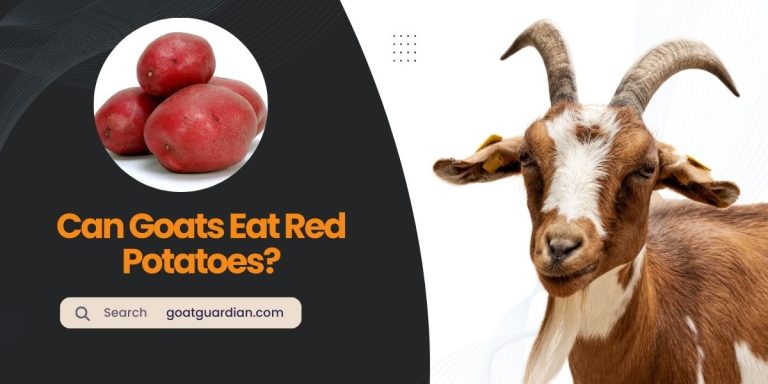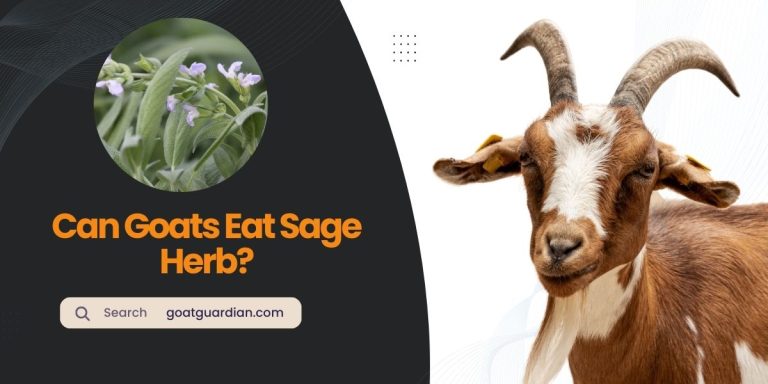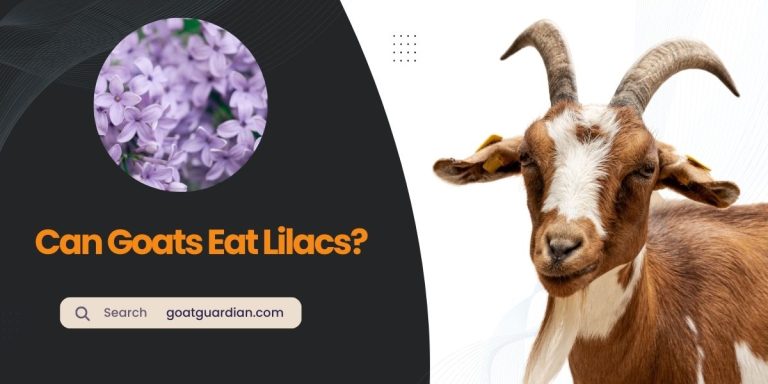Do Goats Eat Prickly Pear Cactus? (Feeding Preferences)
Yes, goats do eat prickly pear cactus as it is more digestible than spined prickly pear. Goats may continue to eat prickly pear even when other forage is available.
Prickly pear cactus can be used as forage for goats, but its usage depends on the history of the land and natural factors. It is safe for goats to consume prickly pear, and it is even used as livestock feed during times of drought.
Other animals such as jackrabbits, prairie dogs, javelinas, rodents, bats, iguanas, and coyotes also eat prickly pear cactus due to their anatomical and physiological features. Cactus pear in the diet of sheep improves the quality of forage and acts as an important source of fodder and water reserves in semiarid regions. As for cholla cactus, goats can also consume it.
Feeding Preferences Of Goats For Prickly Pear Cactus
| Goats have a preference for prickly pear cactus over other forage options. Research suggests that prickly pear cactus may be more digestible than spined prickly pear, and once a preference for prickly pear has developed, goats may continue to eat prickly pear even though other forage is available. Prickly pear cactus is also considered a staple in goats’ diet in certain regions. It has been used as forage for goats, although its utilization can vary depending on the land’s history and natural circumstances.While goats are known to eat prickly pear cactus, there have been concerns about the safety of this practice. However, evidence indicates that prickly pear is safe for goats and is even used as livestock feed during drought conditions when other types of feed are scarce.Other animals that can consume prickly pear cactus without harm include jackrabbits, prairie dogs, javelinas, rodents, bats, iguanas, and coyotes. These animals have specific anatomical and physiological features that enable them to consume the cactus with no side effects. |
Nutritional Value Of Prickly Pear Cactus For Goats
Prickly pear cactus can be a valuable source of nutrients for goats. It is known to have a higher digestibility than spined prickly pear, and once goats develop a preference for it, they may continue to eat prickly pear even if other forage is available.
Research has shown that goats can safely consume prickly pear cactus as forage, but this can vary depending on the specific conditions and history of the land. The fruit of the prickly pear cactus is also packed with nutrition, making it a potential beneficial snack for goats.
Overall, while goats can eat prickly pear cactus, it’s important to consider the individual goat’s preferences and the specific conditions of the land before incorporating it into their diet.
Digestibility Of Prickly Pear Cactus For Goats
| Investigating the digestibility of prickly pear cactus in goats’ digestive system |
Prickly pear cactus can serve as forage for goats, although the extent to which goats consume it can vary. Some research suggests that goats may prefer prickly pear cactus over other available forage, even if it is less digestible.
However, other vegetation options and the history of the land may influence consumption patterns. Feeding prickly pear cactus to goats requires consideration of its nutritional value and intake levels.
While goats can eat the red fruits of the cactus, caution is advised as some concerns have been raised over potential side effects.
Overall, prickly pear cactus can be safe for goats when consumed in appropriate quantities and alongside a balanced diet.
Animals such as jackrabbits, prairie dogs, javelinas, and rodents are also known to eat prickly pear cactus without experiencing harm due to their unique anatomical and physiological features.
Moreover, it is worth noting that cactus utilization by different animals can vary, and it is crucial to consider the specific needs and adaptations of each species when assessing diet choices.
In summary, while goats can consume prickly pear cactus, careful attention should be given to nutritional composition, intake levels, and potential side effects to ensure their overall health and well-being.
Frequently Asked Questions Of Do Goats Eat Prickly Pear Cactus
What Animals Eat Prickly Pear Cactus?
Several animals eat prickly pear cactus, including jackrabbits, prairie dogs, javelinas, rodents, bats, iguanas, and coyotes. These animals have adaptations that allow them to eat it without harm. Goats can also eat prickly pear cactus but it depends on individual preferences and the availability of other forage.
Will A Goat Eat Cactus?
Yes, goats can eat prickly pear cactus. They have the ability to consume it without any harm due to their anatomical and physiological features. Prickly pear cactus is even used as livestock feed in situations where other types of feed are scarce.
Can Sheep Eat Prickly Pear Cactus?
Yes, sheep can eat prickly pear cactus. Increasing levels of cactus pear in their diet improves nutrient digestibility and forage quality, while reducing water intake. Prickly pear is a valuable source of fodder and water reserves in semiarid regions.
Do Goats Eat Cholla Cactus?
Yes, goats can eat cholla cactus. Cholla cactus is a part of their diet and they can consume both the leaves and fruit of the cactus. However, it’s important to note that they may develop a preference for prickly pear cactus and continue to consume it even when other forage is available.
Conclusion
Goats have a unique ability to consume prickly pear cactus without any harm or side effects. The cactus is actually a valuable source of nutrition for goats, especially during times of drought when other types of feed are scarce. Once goats develop a preference for prickly pear, they may continue to eat it even if other forage options are available.
It is important to note that the nutritional value of prickly pear consumption varies depending on the history of the land and natural conditions. Overall, goats can safely enjoy prickly pear cactus as part of their diet.






